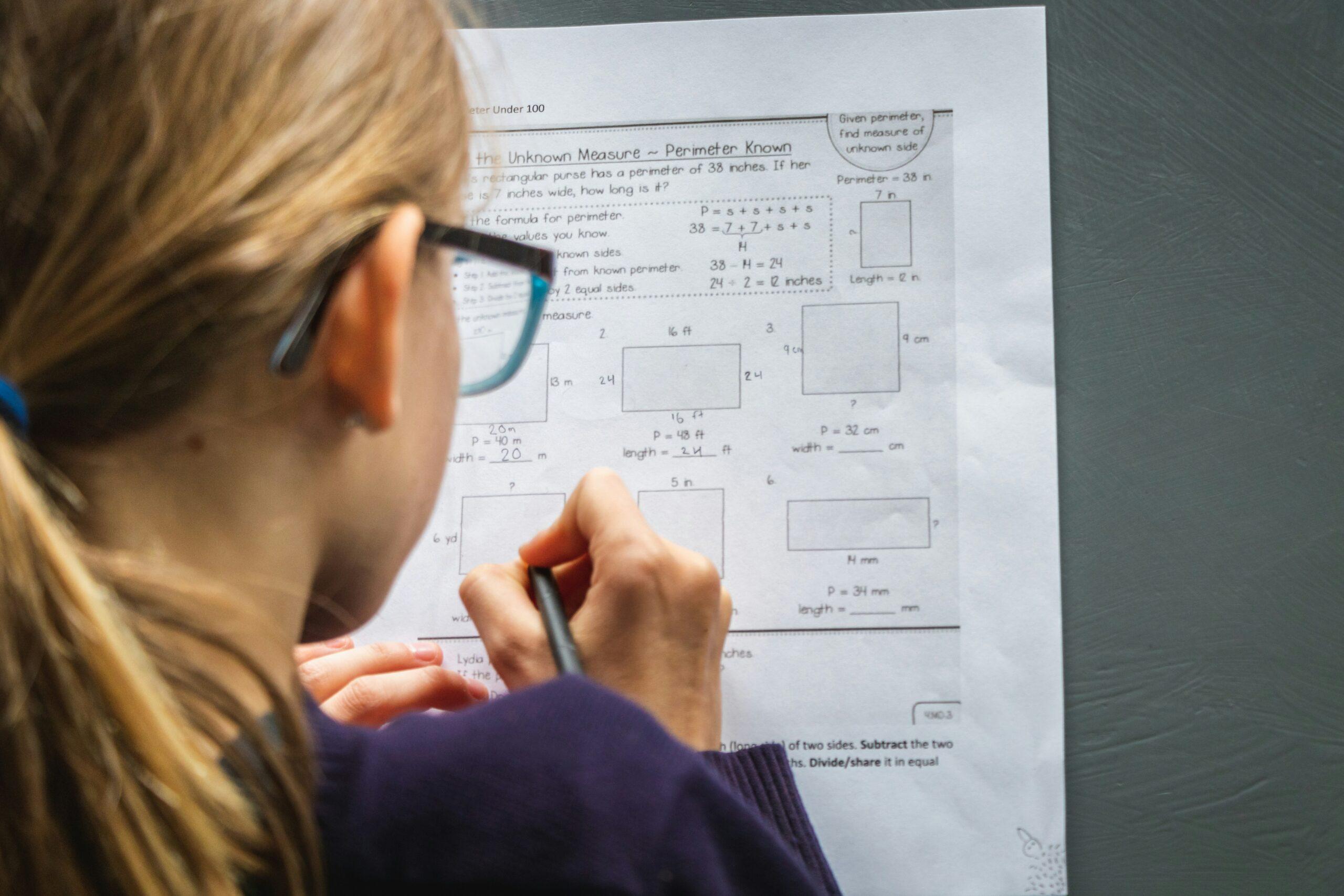The beginning of the school year can be such an exciting time. There are thrilling bus rides and lunches with novel faces, hallway hugs with old friends, and of course, new teachers and subjects to explore. Although once the sense of adventure wears off and the assignments pile up, the nightly fight to wrangle a successful homework session begins.
Homework time is commonly identified as one of the biggest causes of anxiety for both children and parents during the school year. As head coaches, parents are challenged to find ways to get kids “fit” for academic exercises. They help with strategies to optimize learning potential.
A child’s mind develops with sensory challenges from different smells, tastes, sounds, colors, lights, physical feelings, and other forms of input. Spending the day sitting in a classroom can fail to fulfill a child’s need for various types of stimulation, and the short time slots allotted to recess and gym don’t compensate for this sensory deficiency. Parents must find ways to fill in the sensory gap.
Luckily, there are proven methods that help to engage a child’s senses and mind right from the moment he steps off the bus at the end of the school day through homework time that evening. With practice, these methods just may change otherwise stressful routines into positive experiences.
Begin with muscle movement.
Nothing can fulfill a child’s need to burn energy and take in sensory stimulation quite like a workout of the muscles. Whether through outdoor play or an indoor fitness program, engaging in activities that involve climbing, swinging, running, or biking can help to fire up sensory-processing to the brain and decrease anxiety. Such activities loosen joints and enhance overall awareness. A good workout can also enhance relationships between children and their surroundings. It can improve the child’s overall sense of self by stimulating the vestibular system, located within the inner ear, which increases athletic coordination and spatial awareness.
Just 45 minutes of movement and hands-on physical activity before school or homework time loosens muscle tension, oxygenates the brain, promotes healthy circulation, builds focus, and fulfills sensory needs. Muscle activity supports the comprehension of big thoughts and persistence to complete complex projects.
Additionally, information learned while performing motor-planning exercises (trampolining, jump roping, hiking, and biking) is more quickly absorbed and stays in memory for a longer period of time than facts learned while merely sitting.
Help children prepare sensory snacks.
If there is one thing that every parent understands, it is that a hungry child is an antsy child. So, start your homework routine with a snack. Food can be calming and fulfilling. The hands-on nature of preparing food has the additional benefit of keeping children active as they get ready to work. Smells and tastes experienced while learning create memory pegs for the child. Measurements, fractions, mixtures, and nutritional facts all present learning opportunities that the child will remember.
While preparing snacks, discuss the upcoming homework topics. Strategize a plan of attack. Identify areas where help is needed. Children are calmed through the input of different smells, tastes, and textures that abound.
Develop a quiet, calm, and consistent homework space.
Smells, colors, lights, and sounds are great when we are trying to fulfill our sensory needs, but homework time requires a calm, clean, clutter-free, and consistent space to prevent children from being distracted by their surroundings. Use putty on pencils to make them easier to hold. If the child can tolerate it, turn on soothing background music (preferably classical) to set a calm mood.
Turn off the TV, and minimize other sources of distracting sounds and flashing lights. Homework should be the sole focus of the moment. Experiment a little bit to find out exactly what sources of sensory input optimize your child’s homework productivity, and understand that these will be different for every child.
Offer minor sensory input to improve focus and concentration.
Kitchen smells from dinner or dessert that waft into the homework area can provide minor sensory input without being distracting. Some children respond well to textured toys that keep one hand fidgeting, while others prefer the feel and taste of chewing gum. Still others like visual patterns to keep the mind occupied.
Homework should be the focus of homework time, but it is unrealistic to expect any child to be able to attune 100 percent of his brainpower to a worksheet. Minor sensory distractions can go a long way toward curbing restlessness without costing productivity. Experiment and listen to your child to find what works.
Avoid phone, tablet, and computer games in the hours leading up to homework time. Playing a video game employs the short muscle group, which is reactive and counteracts the brain activity required for homework completion.
Segment homework time into different blocks.
Any child will dread the idea of having to sit down for an hour of homework, but most children are more willing to sit through several 10- to 20-minute blocks of it. After a set amount of time, offer your child a 5- to 10-minute break. If a short break is chosen, provide more sensory-pleasing activities like cooking or an art project to lessen restlessness before it’s time to get back to work. Stay away from the computer or tablet screens during sensory time.
Don’t “helicopter,” but do keep homework sessions lighthearted.
Homework shouldn’t be stressful. Be mindful of the signals that you put out, even if you feel frustrated, and be attuned to your child’s moods. Children respond to the moods and mindsets of their parents. If you are anxiously hovering over your child’s paper, your child may sense and mime your attitude.
Instead, keep calm, collected, and on target. Treat homework as an adventure, and your child will positively respond.




